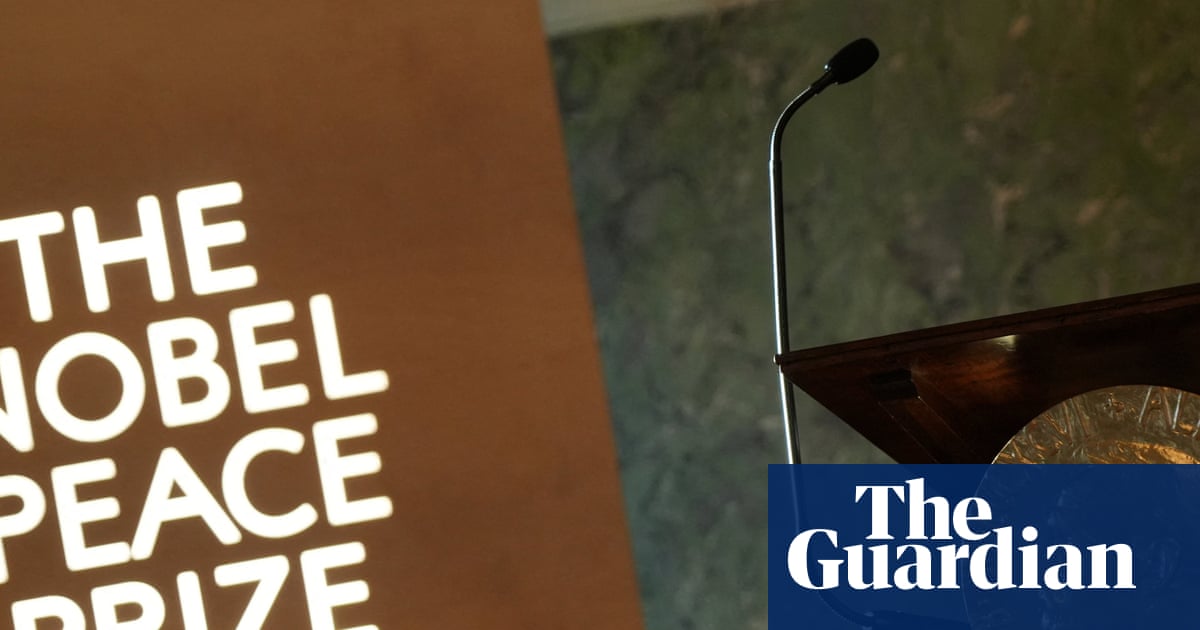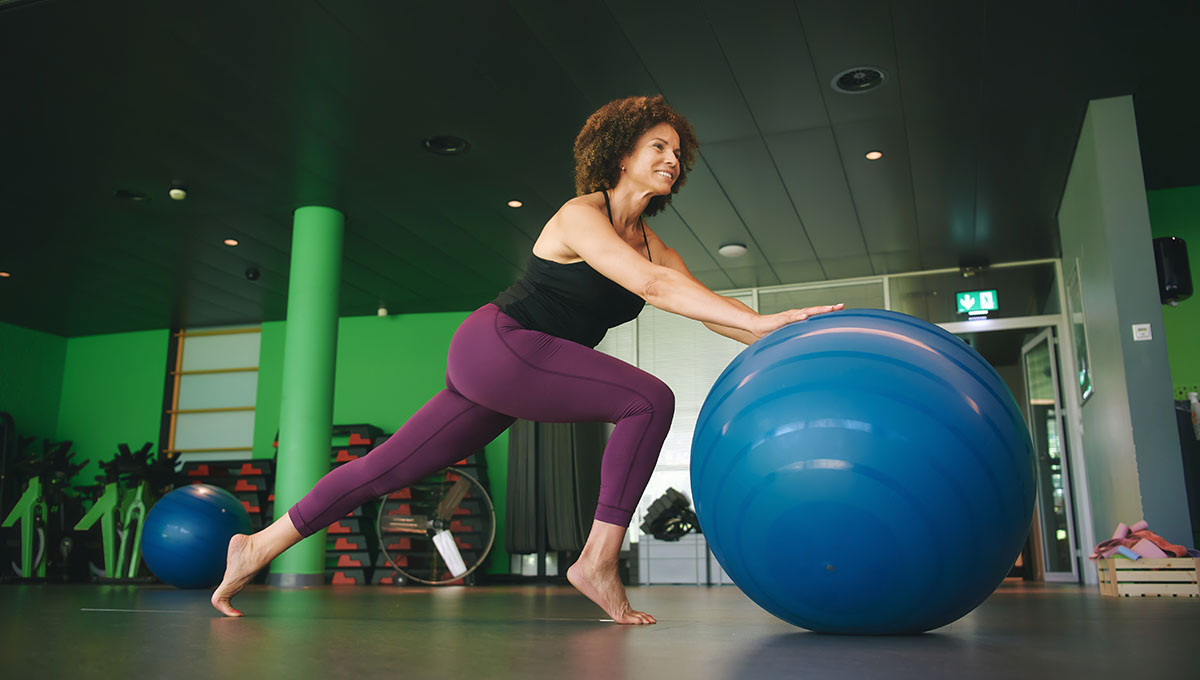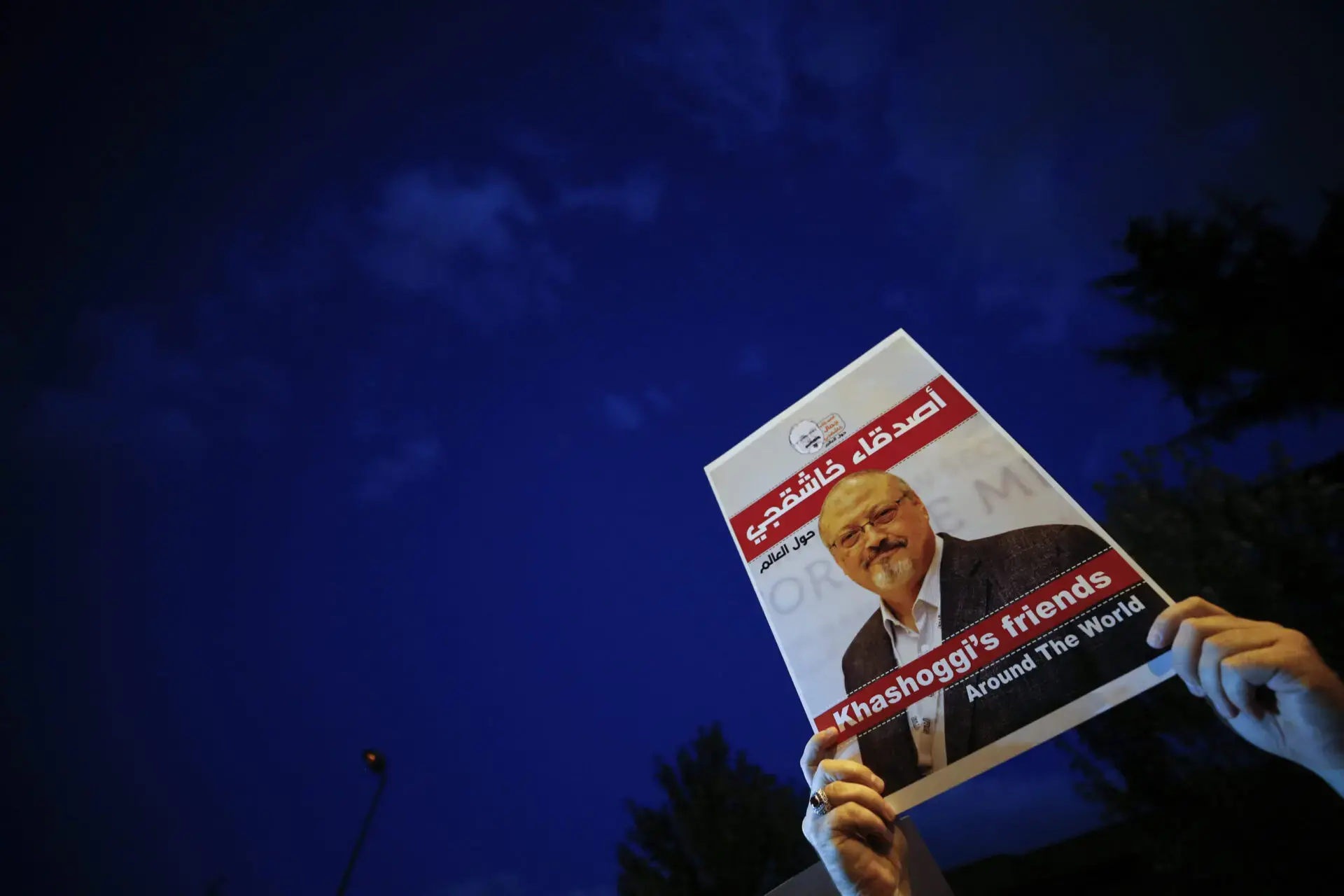This request seems a bit unusual, so we need to confirm that you’re human. Please press and hold the button until it turns completely green. Thank you for your cooperation!
Author: admin
-
Just a moment…
Just a moment… -

How to find Comet Lemmon in the night sky as it brightens this October
The past month has seen Comet C/2025 A6 (Lemmon) brightening rapidly ahead of its close approach to the sun, leading to growing excitement that it could shine brightly enough to be seen by the naked eye in mid-late October.
Solar system comets…
Continue Reading
-
Tabernacle Choir fulfilling mission to ‘go throughout the world’ – Church News
Virginia Campbell of Rio Negro, Argentina, watched videos of The Tabernacle Choir at Temple Square and Orchestra at Temple Square perform. And then it was announced that the choir and orchestra would be performing in…
Continue Reading
-

Nobel peace prize officials investigate surge in bets for winner | Nobel peace prize
Norwegian officials who oversee the Nobel peace prize are investigating suspicious online betting for this year’s winner that suggests a rare leak from the secretive committee that hands out the prize.
Online bets for the Venezuelan opposition…
Continue Reading
-

High Aerobic Fitness Linked to Less Chronic Disease in Later Life
Better fitness in midlife appears to alter the onset and accumulation of multimorbidity over time.
Maintaining a high degree of cardiorespiratory fitness (CRF) appears to be one way to reach old age without developing multiple chronic…
Continue Reading
-

‘Butterfly,’ ‘Countdown’ Canceled by Prime Video
Prime Video has canceled a pair of first-year series, Butterfly and Countdown.
The Amazon MGM Studios series had summer debuts and each spent a short time on Nielsen’s top 10 U.S. streaming charts, but neither will return for a second…
Continue Reading
-

Malware apps posing as free VPNs are on the rise
Cybersecurity firm Cleafy just issued a report warning against a rising malware called Klopatra, which infects personal devices by posing as a free VPN app called Mobdro Pro IP + VPN. This is the latest corroboration of a series of warnings…
Continue Reading
-
Major banks explore issuing stablecoin pegged to G7 currencies – Reuters
- Major banks explore issuing stablecoin pegged to G7 currencies Reuters
- Goldman Sachs, Citi, Bank Of America To Walk Through The Door Opened By Trump-Backed GENIUS Act Yahoo Finance
- Goldman, Santander Among Banks Exploring Blockchain-Based Money Bloomberg.com
- 10 Banks Partner to Explore Issuing Digital Money PYMNTS.com
- Group of leading international banks explores issuance of a 1:1 reserve-backed form of digital money group.bnpparibas
Continue Reading
-
GPs Split on PSA Testing as Clearer Guidance Urged – Medscape
- GPs Split on PSA Testing as Clearer Guidance Urged Medscape
- What’s wrong with ‘over-testing’ for prostate cancer? The Spectator
- Study Finds PSA Testing in England Often Misaligned with Patient Risk Levels geneonline.com
- Suffering stars add…
Continue Reading
-

As the Saudi Government Sponsors Comedy, Let’s Speak Up for Saudi Writers at Risk
The Riyadh Comedy Festival draws to a close this week, with some of the biggest names in American comedy having taken part. Their participation has sparked controversy and debates about what it means for artists to participate in a Festival that…
Continue Reading